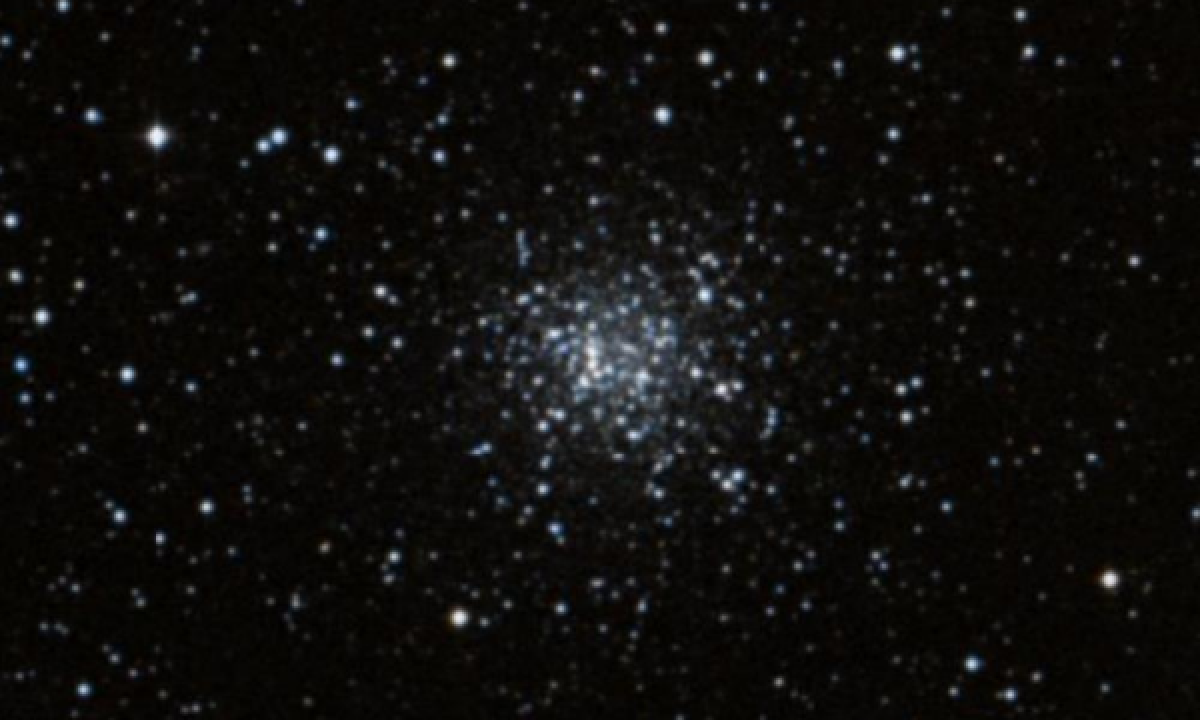The New General Catalogue of Nebulae and Clusters of Stars (abbreviated as NGC) is a catalogue of deep-sky objects compiled by John Louis Emil Dreyer in 1888. The NGC contains 7,840 objects, known as the NGC objects. It is one of the largest comprehensive catalogues, as it includes all types of deep space objects, including galaxies, star clusters, emission nebulae and absorption nebulae.
Know more about NGC
NGC 6426

NGC 6426 is a globular cluster of stars located in the equatorial constellation of Ophiuchus. It was discovered by the German-English astronomer William Herschel on 3 June 1786. This cluster is at a distance of 67,000 light years from the Sun. It has an apparent visual magnitude of 10.9 and an angular diameter of 4.2′, making it difficult to observe with a small telescope. This cluster is orbiting in the outer galactic halo at a distance of 47 kly (14.4 kpc) from the Galactic Core. It is one of the oldest and most metal-poor clusters in the Milky Way system. NGC 6426 has an angular half-light radius of 0.92′ and a tidal radius of 13.0′, with a Shapley–Sawyer Concentration Class of IX. It is an estimated 13.0±1.5 billion years old. Chemical abundances of four members at the tip of the red giant branch suggests there may have been at least two generations of stars, with the older stars enriching a younger generation with elements including Mg, Si, and Zn. There is also some indication of hypernova enrichment of the pre-cluster medium by lighter alpha process elements. Based on the spectra of a dozen identified RR Lyrae variables, this is classified as an Oosterhoff type II cluster. In 2012, a carbon star was discovered near the center of the cluster.
More Images:

Sources:
Wikipedia Page: NGC 6426
NGC 6426 at In-The-Sky website
